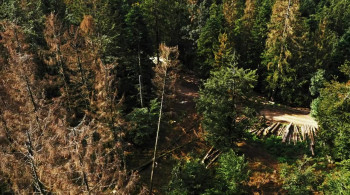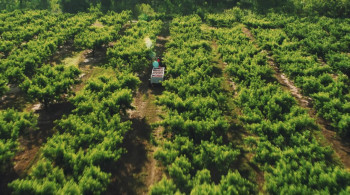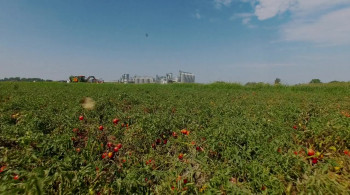Wasted! The Story of Food Waste
2017
Documentary
Wasted! The Story of Food Waste
2017
Documentary
Synopsis
The issue of food waste is presented in light of the statistics: forty percent of food produced for human consumption in the US goes to waste; over ninety percent of this amount will end up in the landfill, where the waste produces methane gas - a greenhouse gas - in an anaerobic process as no oxygen is able to get to the material to decompose it; the cost of food waste is $1 trillion annually; and that there is still a global problem of human hunger despite the food that goes to waste. Food activists, including chefs, some of the celebrity variety, discuss the issue largely in context of the Environmental Protections Agency's (EPA) food pyramid which lists the preferred priority for the food produced (in order): that it reach humans for consumption; that it be used for animal/livestock feed; that it be converted into energy in the form of compost and/or something that can be used or converted for use, such as into electricity. They discuss the measures that some individuals, organizations and businesses have implemented, they all recognizing that problems exist all along the chain, from production, to distribution, to storage, to consumption, to disposal. Some also recognize that a large part of the problem is defining what waste is, where, for example, forty percent of the biomass of a cauliflower plant is commercially sold for human consumption while closer to one hundred percent can be consumed by humans.
Cast









